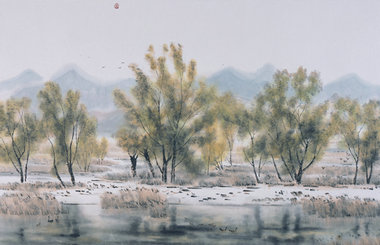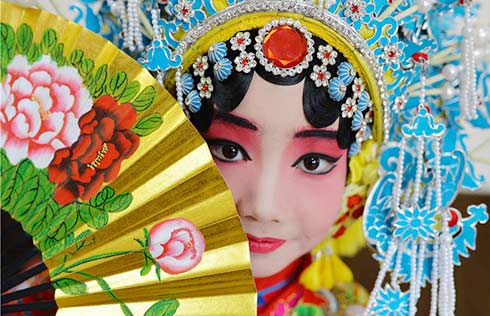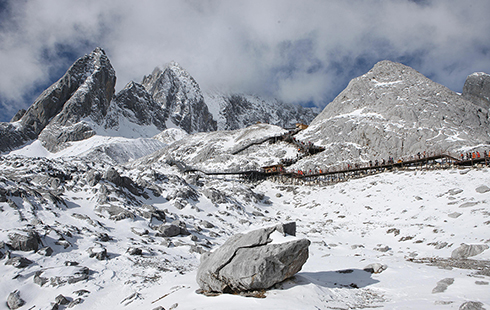Irresponsible bird photographers pose a threat to nature
By Chen Liang ( China Daily ) Updated: 2015-05-30 07:43:28They liked taking photos of nesting birds. To get "clean" shots, they trimmed branches and shrubberies around nests and let them stand out without any blocking. They liked approaching birds as close as possible so as to get "feather clear" shots. So they used worms to lure the birds out. They liked taking photos of flying birds. Some hooked a worm and hoisted the hook in the air...
Their behavior did have consequences. At a nature reserve in Henan province, photographers took turns to take close shots of a nesting fairy pitta, an endangered songbird with colorful plumage, and scared the mother away from her chicks. A Japanese robin tried to catch a worm on an iron hook and swallowed both the lure and the hook.
Recently, several bird photography studios even appeared in Shenyang, capital of Liaoning province, in which wild birds were caged and used as photographers' models. The good news is that the local government soon closed down these illegal operations.
The number of amateur bird photographers has increased much quicker than good old-fashioned birdwatchers. The country's largest bird photography forum, www.birdnet.cn, boasts 130,000 members. These are mainstream birdwatchers in China, and those who prefer watching as opposed to taking photos have become a minority.
Mutual respect between the two groups is only on the surface. Many birdwatchers jokingly called bird photographers daye (grandfathers). Afraid that the daye might spoil a new birding site or scare away a rarity, we would block any information on the site or the bird to them.
But the rise of Chinese bird photographers does have a certain positive impact on our environment.
The market for bird photography has become so big and profitable that farmers living in Baihualing villages outside of Gaoligong National Nature Reserve in Yunnan province, one of the top birding sites in China, can make a living by catering to it. They dig pits on forest boundaries near the reserve. Pouring water into the pits and leaving worms or corns around regularly, they lure skulking birds out of the woods and expose themselves to photographers sitting in the shelters.
Farmers sell seats in the shelters and lunch boxes to photographers. There are a dozen pits at Baihualing that can serve nearly 100 photographers in a day. Bird photography has become a business.
Few farmers there will hunt birds for food. As the daye choose to stay around the pits, they leave the quiet Gaoligong Mountains to us birdwatchers.
Increasingly, the hobby's foreign tradition and its Chinese obsession can carry on without conflict.
|
|
|
|
|
|
|
|

























 Raymond Zhou:
Raymond Zhou: Pauline D Loh:
Pauline D Loh: Hot Pot
Hot Pot Eco China
Eco China China Dream
China Dream China Face
China Face






